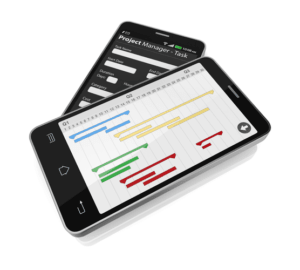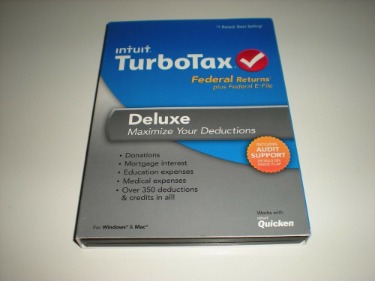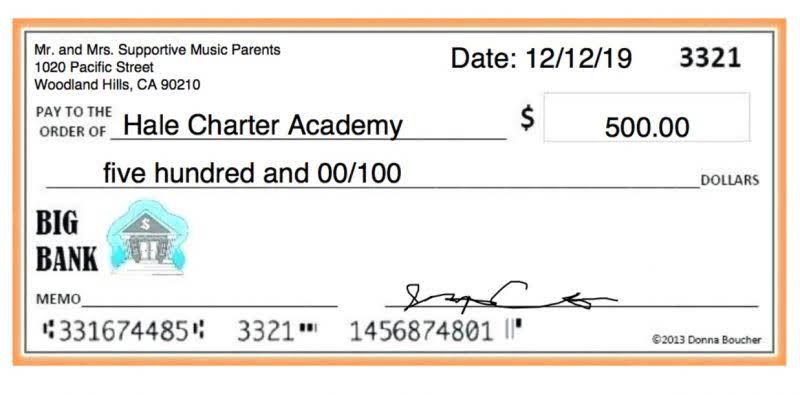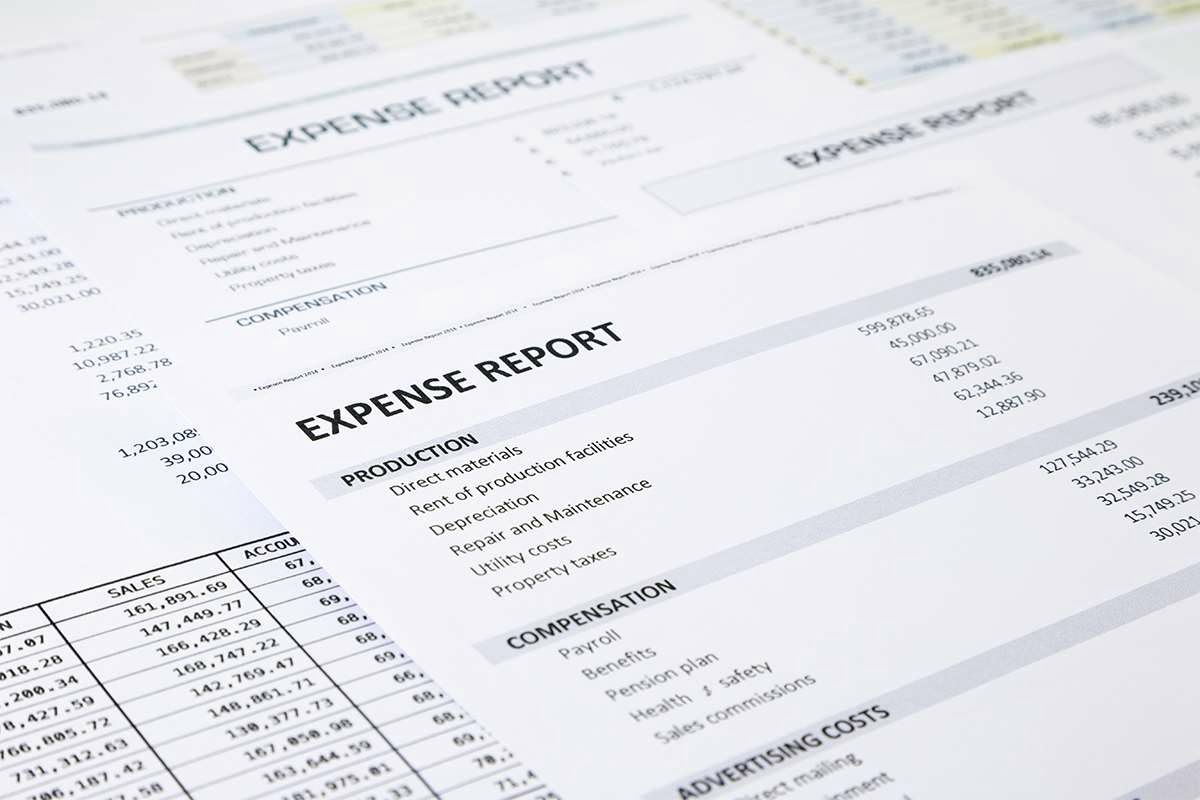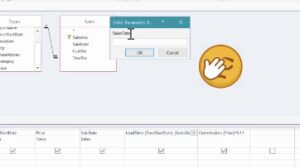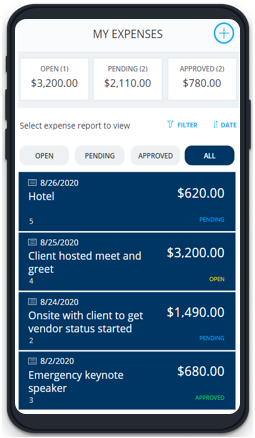Content

Individual Income Tax Return or Form 1040-SR, U.S Tax Return for Seniorswas zero. Your total liability would also include any balances still owed from previous years. Tax policies should clearly and plainly define what taxpayers must pay and when they must pay it. Disguising tax burdens in complex structures should be avoided. Additionally, any changes to the tax code should be made with careful consideration, input, and open hearings. The simple answer is that everyone pays taxes.
See Arizona Form 140NR for more details. See the discussion below for details. If you believe you are an individual who is exempt from Arizona income tax withholding, complete Arizona Form WEC, Withholding Exemption Certificate, and provide it to your employer and keep a copy for your records. Doing Businessdata also show a positive correlation between the time to comply with a VAT refund process and the time to comply with filing the standard VAT return and payment of VAT liabilities. This relationship indicates that tax systems that are harder to comply with when filing taxes are more likely to be challenging throughout the process. One of the best ways to decrease your tax exposure is to pay attention to tax credits as well as tax deductions.
Updates For Taxpayers
The case study scenario has been expanded to include a capital purchase of a machine in the month of June. This substantial capital expenditure results in input VAT exceeding output VAT in the month of June. A low cost of tax compliance and efficient procedures can make a significant difference for firms. In Hong Kong SAR, China, for example, the standard case study firm would have to make only three payments a year, the lowest number of payments globally.
Amendment by sections 1007, 1011A, and 1012 of Pub. 100–647 effective, except as otherwise provided, as if included in the provision of the Tax Reform Act of 1986, Pub. 99–514, to which such amendment relates, see section 1019 of Pub.
As the financial year ends:-
Investors should exercise Tax-loss harvesting!
Tax-loss harvesting is used to reduce tax liability on investments. In tax-loss harvesting, you sell your stocks/fund units at a loss to reduce your tax liability on capital gains.
— Aditya Shah (@AdityaD_Shah) March 9, 2022
Your business has a deferred tax asset if less tax will be paid in the future than is due now. In other words, a deferred tax asset is the opposite of a deferred tax liability. If a company reports more tax revenue than book revenue in the current period, it will “prepay” its taxes.
These are things like the child or dependent tax credits or the adoption credit. Another popular method for reducing your tax liability is to donate to charity. Donations to qualified charities are tax-deductible. A tax deduction reduces your taxable income, which in turn reduces your tax liability. Giving away money or other assets is a great way to both lower your tax bill and support the causes close to your heart.
Idaho State Taxes 2021: Income And Sales Tax Rates
If you have too little withheld you’ll owe more at tax time. The term “tax liability” describes the amount of money owed to the Internal Revenue Service at the end of each tax year. Many Americans make reducing their tax liability a goal by chasing deductions and tweaking their filing strategy. If you want to know the answer to the question “Do I have tax liability? ” you’ll have to compare your income to the deductions, exemptions and credits for which you’re eligible.
Questions have arisen regarding Schedule C filers and how to report their forgiven PPP loans and expenses. More specifically, if Schedule C filers are allowed a double benefit for excluding forgiven PPP loans from income and still allow for expenses to be deducted. The treatment for including or excluding the expenses will depend upon what reason and amount the PPP loan application was filed. Is a member of an affiliated group of corporations that elects to file an Arizona consolidated return. The employer may elect to withhold tax from the nonresident employee before the sixty-day limitation has elapsed. Wages or salary paid to a nonresident who is in this state on a temporary basis for the purpose of performing disaster recovery from a declared disaster period.
In Scenario 2, they own their own home and pay $16,000 annually in mortgage interest. They pay a combined $10,000 in property taxes and state income taxes and contribute $2,000 to their church and various charities. Both refundable and nonrefundable tax credits reduce What is tax liability taxes owed dollar-for-dollar. Refundable tax credits can be used to lower a taxpayer’s liability below $0, with the remaining value of the credit being available as a tax refund. Nonrefundable tax credits can be used to reduce a taxpayer’s liability no lower than $0.
How Do I Apply?
Governments should avoid enacting temporary tax laws, including tax holidays, amnesties, and retroactive changes. As a 501 nonprofit, we depend on the generosity of individuals like you.
You can learn about tax rates for a particular country in this VAT, GST and sales tax guide. However, a formal evaluation by country, state/province, and type of good or service is often needed.
Unemployment Benefits Fully Taxable On Kentucky Return
Limited time offer at participating locations. Terms and conditions apply; seeAccurate Calculations Guaranteefor details. Estimate how much you’ll owe in federal taxes, using your income, deductions and credits — all in just a few steps with our tax calculator. A $40 tax credit is allowed for each individual reported on the return who is age 65 or over. Also, a $40 tax credit is allowed if an individual is legally blind.
Trying to collect back taxes from the seller is often fruitless, which socks the purchaser with dual taxation. If you already use Shopify and don’t yet have access to the new tax setup, then refer to Setting up US taxes – classic. After you’ve determined where you need to charge tax in the United States, you can register with the state tax authorities. The authority to contact is different for each state, and the method of registering might differ. The state tax reference table provides state-by-state contact information for tax authorities.

However, there are certain drawbacks to choosing S corporation status that may outweigh the tax savings. We recommend asking your CPA about this one. There are many business “entity types” out there (C corp, partnership, sole prop, etc.). But for the purposes of figuring out how much tax your small business owes, there’s only C corporations, and everything else. If you’re not sure what your entity type is, ask your accountant. If you have a small operation, no accountant, and you’ve never thought about entity type before, chances are the government is automatically classifying you as a sole proprietor. The good news is that whatever bracket you find yourself in, you don’t have to pay that percentage on your entire income—just the portion that lands in that range.
Wheres My Refund? How To Track Your Tax Refund
Add up lines 25, 26 and 32 to find how much you’ve already paid in taxes and your additional credits—or your total payments. So, let’s say you earn $60,000 in gross income in a year and you’re a single filer. If you take the standard deduction of $12,550, that leaves you with $47,450 in taxable income—putting you in the 22% tax bracket. That’s going to be like 10 grand in taxes! On the one hand, you will have more money in your paycheck throughout the year and you can put that money to work for you by investing it. On the other hand, if you have more withheld from your payroll taxes you’ll reduce your tax liability, but the government will be earning the interest on that money throughout the year, not you.
- For example, the Tax Foundation is an educational nonprofit and is tax-exempt under section 501 of the U.S.
- If the principals have commingled the corporate funds with their own funds, this is an indication the corporate officers are disregarding the corporate entity.
- See how your state ranks at the link below.
- If H&R Block makes an error on your return, we’ll pay resulting penalties and interest.
- As a separate legal entity, your corporation owes taxes on business profits.
This credit is only available to taxpayers who are eligible to take the Family Size tax credit and have a family size of three or less. This credit was created for those taxpayers whose tax rate increased after HB 487 implemented a flat tax rate of 5%. This credit will be available for tax years 2019 and 2020. Recognition of deferred tax assets of an acquiree after the acquisition date.
Here at SmartAsset, our favorite way to reduce tax liability and prepare for your future is to save for retirement. Contributions to 401s reduce your taxable income, as do contributions to deductible traditional IRAs. Contributions to Roth IRAs, however, are with post-tax dollars and do not reduce your tax liability in the year you contribute. If you want to reduce your tax liability you can also adjust your payroll tax exemptions by filing a new W-4 with your employer. There are different schools of thought around this tax strategy, though.
- In general, when people refer to this term they’re referring to federal income tax liability.
- In fact, after factoring in tax credits aimed at helping low-income individuals, about one-third of U.S. taxpayers pay no income tax at all.
- A digital product is a product that customers download and doesn’t have any physical components to ship.
- Double taxation is when taxes are paid twice on the same dollar of income.
- A second determination issued against the successor for the period during which he/ she operated the business.
- Company payrolls incur tax liabilities.
111–148, set out as a note under section 1 of this title. 111–148, § 10909, , as amended by Pub. 111–312, § 101, temporarily struck out “23,” before “24,” in introductory provisions. See Effective and Termination Dates of 2010 Amendment note below. Related to limitation based on amount of tax with a special rule for taxable years 2000 through 2011. Members of the Kentucky National Guard may claim a tax credit of $20; military reserve members are not eligible.
Paying Taxes Is Never Fun, But There Are Steps You Can Take To Reduce Your Business’s Tax Liability
Before sharing sensitive or personal information, make sure you’re on an official state website. Use Form W-4 to reduce your withholding easily right now so you don’t have to wait for the government to give you your money back later. 100–647 be treated as if it had been included in the provision of Pub. 99–514 to which such amendment relates, see section 1012, of Pub. 100–647, set out as a note under section 861 of this title. Even if your refund was applied to offset a bill or make a donation federal law maintains that you received the benefit of the refund and you must report it as income. A credit equal to 25 percent of the amount of the federal American Opportunity Credit and the Lifetime Learning Credit is available.
Tax Court in Brief Bunton v. Comm’r Collection Due Process and “Last Known Address – JD Supra
Tax Court in Brief Bunton v. Comm’r Collection Due Process and “Last Known Address.
Posted: Tue, 15 Mar 2022 16:22:31 GMT [source]
Everyone pays state income taxes unless you are taking a loss or don’t have earned income. Even if receiving a refund, you have paid state income taxes. Your state tax liability is not always what you owe when you file your taxes, but the total amount you’d owe if you didn’t pay taxes throughout the year. Free In-person Audit Support is available only for clients who purchase and use H&R Block desktop software solutions to prepare and successfully file their 2021 individual income tax return . It does not provide for reimbursement of any taxes, penalties, or interest imposed by taxing authorities and does not include legal representation. Additional terms and restrictions apply; SeeFree In-person Audit Supportfor complete details. This Statement establishes procedures to measure deferred tax liabilities and assets using a tax rate convention and assess whether a valuation allowance should be established for deferred tax assets.
- For most people, taxes are due April 15, but businesses must prepare taxes year-round.
- Paying taxes is never fun, but there are steps you can take to reduce your business’s tax liability.
- “Oil and gas investments that pass through ‘intangible drilling costs’ help reduce an investor’s taxable income, as they can take these costs as active deductions against their earned income,” Minshew said.
- But keep in mind this isn’t the best option for everyone in the long run.
- This may influence which products we review and write about , but it in no way affects our recommendations or advice, which are grounded in thousands of hours of research.
- As the employer, you are required to contribute a matching amount for FICA tax for each employee.
- To file online, login to MassTaxConnect and choose “file a dispute.”
A copy of any federal determination received after filing Form 8857 with the IRS should also be included if available. To file online, login to MassTaxConnect and choose “file a dispute.” There is an understated tax on the joint return due to an erroneous item of income, expense, deduction or credit of the non-requesting spouse. The Massachusetts “innocent spouse” statute was revised effective April 10, 2019.
Arizona residents who are working outside of Arizona may request that their employer withhold Arizona income taxes from their wages for work done outside of Arizona. If the out-of-state employer agrees to withhold Arizona income taxes from the employee’s out-of-state wages, the employee will complete Arizona Form A-4V and submit it to the employer. The amount withheld is applied to the employee’s Arizona income tax due when you file the Arizona income tax return. If the employee does not complete the form, the employer must withhold Arizona income tax at the rate of 2.7% until the employee elects a different withholding rate. Refer to the Employer’s Instructions for Arizona Form A-4 for further information. An employer must withhold Arizona income tax from employees whose compensation is for services performed within Arizona. Arizona state income tax withholding is a percentage of the employee’s gross taxable wages.
Author: Mary Fortune

